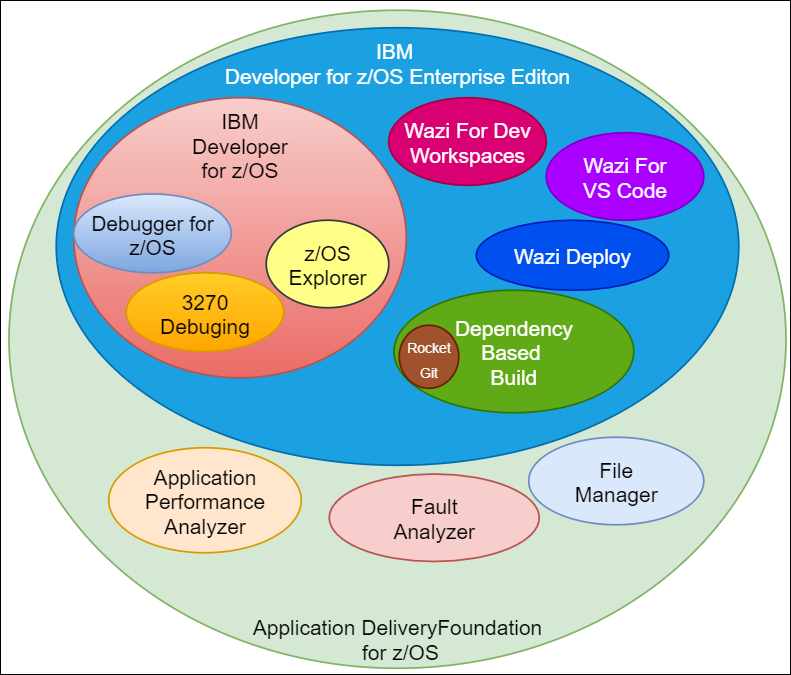Easy peasy cross project linking and traceability in IBM CLM (RTC, DOORs, and RQM)
For years, you’ve probably heard about “traceability”, that mysterious shangri-la that are read about in case studies. Well, obtaining traceability is not rocket science in IBM’s CLM tools. This video below shows you how to set it up at an atomic level, meaning, between specific artifacts between the three CLM applications. In a nutshell, you need to think of traceability as WHO, WHAT, WHEN, and HOW.
WHAT = Requirement in DOORs NG
A requirement defines what we are going to develop. It is the definition, the description of the software feature that gets implemented. This is most commonly done using User Stories (sometimes use cases). While DOORs NG has several other artifact types, the User Story Elaboration is the glue we want to adhere to.
WHEN/WHO = Story work item in RTC
If you have the full CLM stack, you’ll likely be putting the full requirement text in the DOORs artifact. If you only have RTC, then follow our previous advice on Writing User Stories within IBM Rational Team Concert. In the case of full CLM, however, the Story merely represents when the requirement gets implemented, and who is responsible for completing it. The details of the Story work item in RTC are linked to the User Story Elaboration in DOORs. We will leave to your team’s discretion to copy the details into the body of the story work item, however, we do encourage you to copy the acceptance criteria into the acceptance area, if you have not already captured it.
HOW = Test case in RQM
Finally, the HOW is the test case that confirms how (or if) the story implemented the requirement. The test case depends upon good acceptance criteria. If provided, the test case and scripts can be written in short order.
BONUS: WHERE = deployment via UrbanCode
IBM CLM Linking And Traceability from Kenny Smith on Vimeo.
In a future video, I’ll demonstrate a scenario where we can link at a higher level using Requirements Collections, Sprint Plans, and Test Plans. This level of linking helps to visualize gaps in a test strategy, ensure accountability on the implementation of requirements, and identify stories that are affected by defects.


